VITOLARY
Ramon Ramírez cigars are handcrafted and they ALL are the result of twisting tobacco, with no chopped Tobacco used. Fertilizers that are neither organic nor natural are not used.

-


Cigarrito Il – 90mm x 10mm (5/10 minutos)
$ 2.450,00 CONSULTAR -
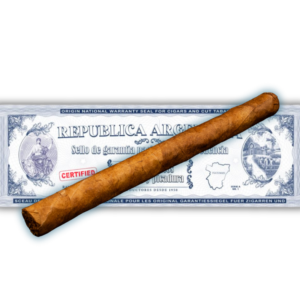

Long Cigarrito – 120mm x 10mm (10/15 minutos)
$ 2.800,00 CONSULTAR -


1/2 Corona Ramírez- 120mm x 15/16.5 mm (15/25 minutos)
$ 8.500,00 CONSULTAR -


Corona Ramírez- 140mm x 15/16.5 mm (20/40 minutos)
$ 9.500,00 CONSULTAR -
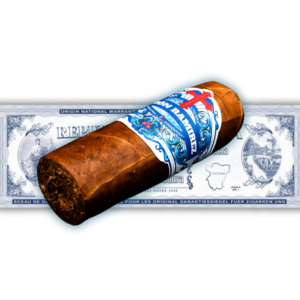
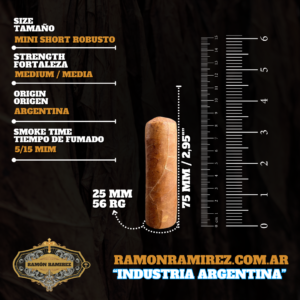
Mini Short Robusto – 75mm x 25mm (5/15 minutos)
$ 6.000,00 CONSULTAR -
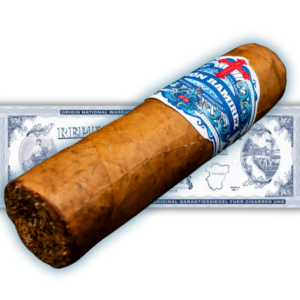
Robusto – 105mm x 22/25mm (15/25 minutes)
$ 10.800,00 CONSULTAR -
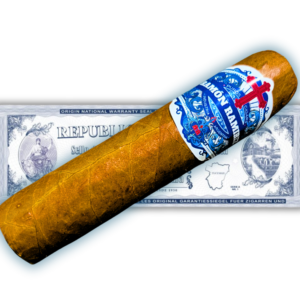
Super Robusto – 120mm x 25mm (20/30 minutes)
$ 12.000,00 CONSULTAR -
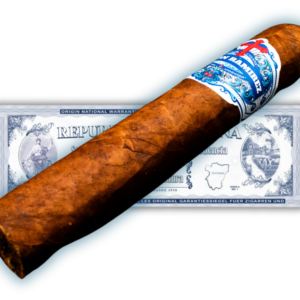

Churchill Ramírez – 150mm x 25 mm (60/80 minutos)
$ 16.500,00 CONSULTAR -
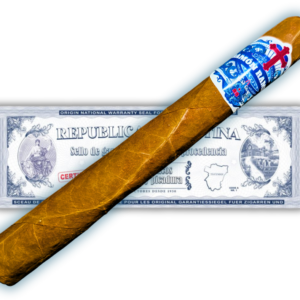
Ramón Ramírez Il – 170mm x 20/22 mm (60/80 minutos)
$ 11.600,00 CONSULTAR
OUR PRODUCTION
“The secret are these hands and experience” 100% Argentinian ARTESANAL job.
THANK YOU VERY MUCH!
A.C.Z
Fifteen years ago, my life changed when I met a passionate smoker of Cuban cigars in the United States. Ever since then, I got into a world full of tradition and charm: the fascinating universe of cigars. Countries like Cuba, Ecuador and the Dominican Republic have been perfecting tobacco cultivation for centuries, solely for the production of these exquisite cigars.
In Argentina, we are opening the way to this exciting field, taking advantage of the Criollo 98 seed’s adaptability, originated in Cuba, in our diverse ground and climate. Each step of the process, from the plantation to the manufacturing. has been inherited and learnt from true teachers that have left their mark in our land.
Every day, our team works hard in the search for the best product, always having room for improvement. We are already close to the desired result, where 80% percent of our dedication lies in following each step rigorously, the other 20% is pure handmade and traditional work. The fermentation, the controlled acclimatized storage and humidity and the aromatization, a technique we learnt from our Cuban mentor, are essential in the process of creating the perfect cigar.
Smoking a cigar is not just lighting it up, it is a moment of pleasure, relaxation and self-indulgence. Each cigar can offer up to 90 minutes of delight, becoming a ritual that will give you a unique sensory experience.
Our process is completely natural, without using chemical products. We cultivate our ground organically and we let the tobacco plant defend itself against plagues.
You will discover the world of Argentinean cigars, where passion and care in each detail get together to provide you with an incomparable experience.
Dive into this millennial art and feel the time stop as you enjoy one of our cigars manufactured with love and dedication.
Welcome to our passion for cigars!
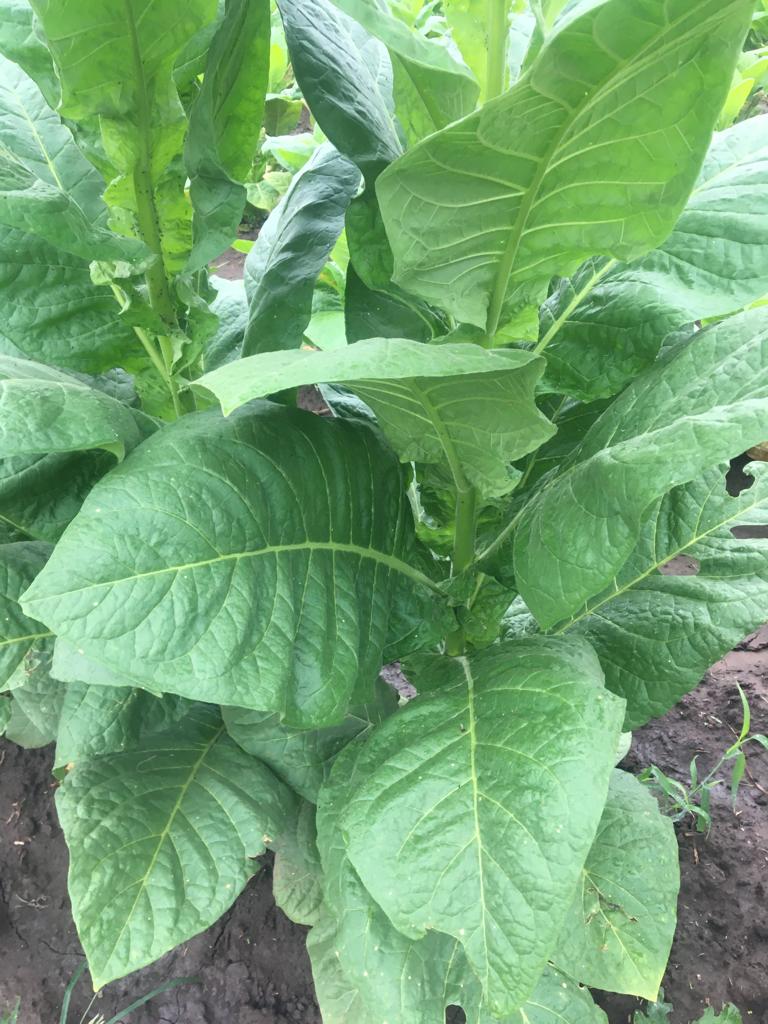
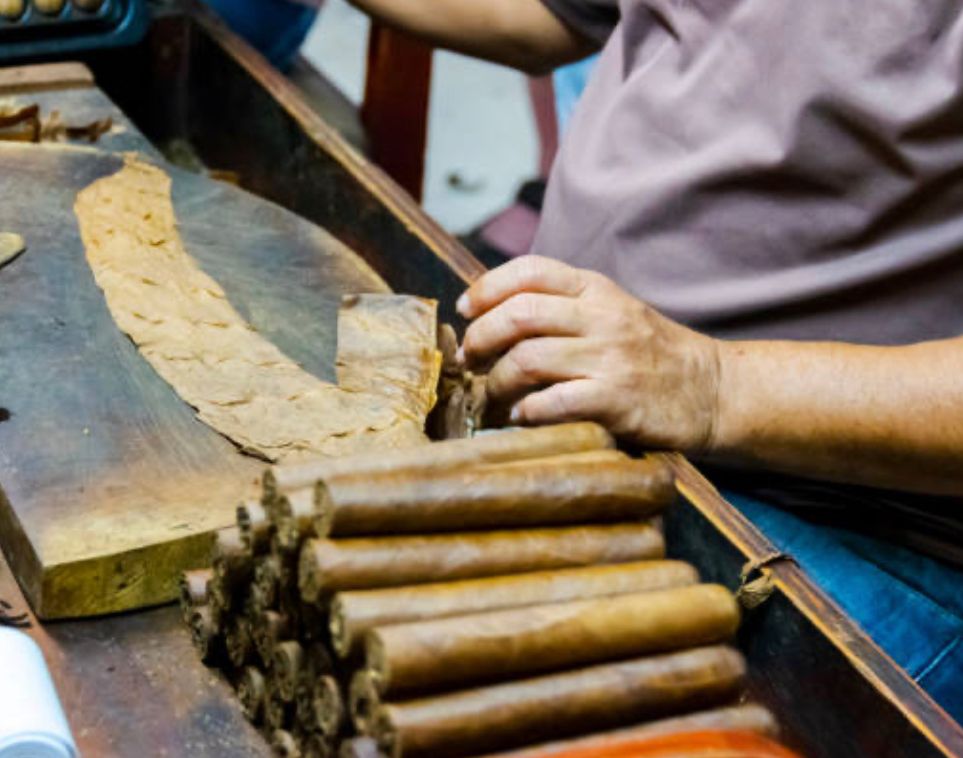
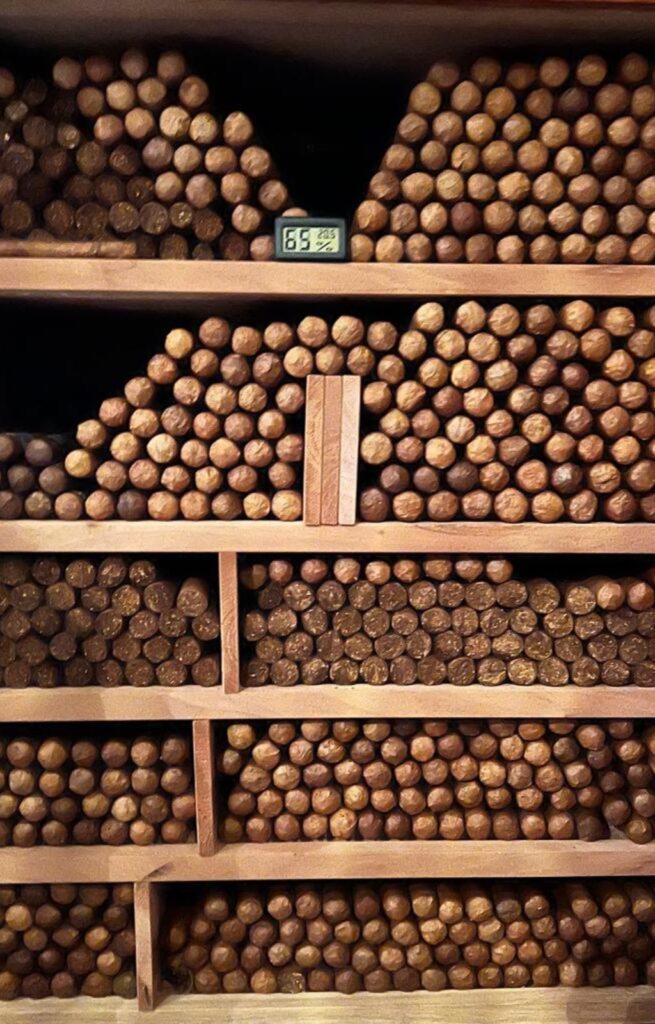
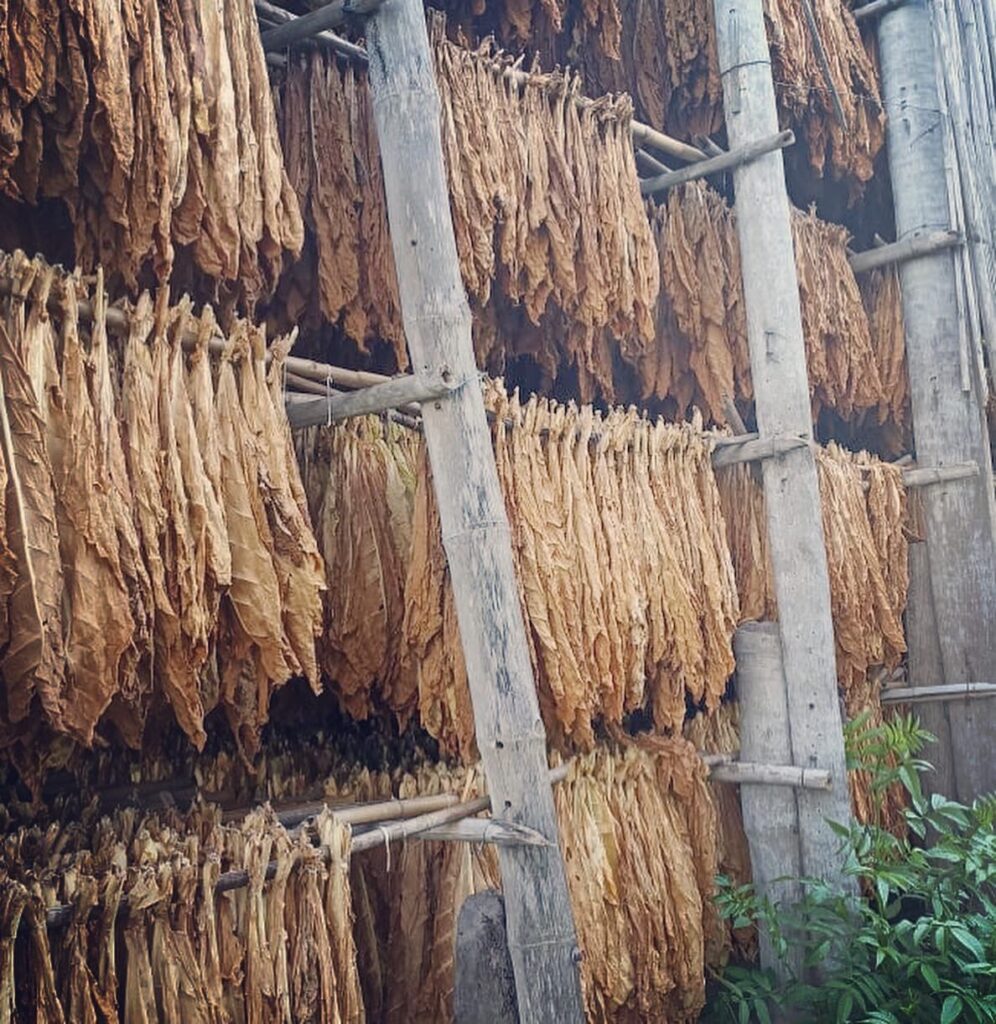
THE NUANCES OF A CIGAR
It is important to highlight that nuances can vary thoroughly depending on each cigar and level of smoker’s experience. Furthermore, each person can perceive and describe a flavor in a different way; for this reason, nuances can be subjective and can vary from person to person. Bellow, some common nuances that can be found in cigars are presented:
EARTHY FLAVOR:
This is a distinctive cigar flavor which resembles earth and mineral notes.
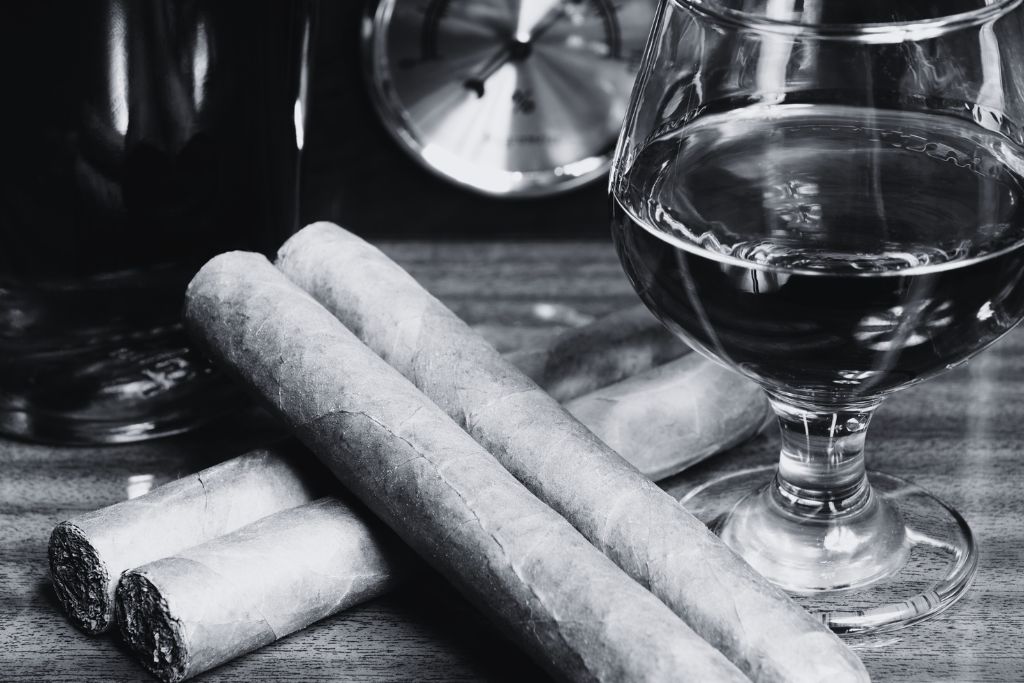

WOODY FLAVOUR:
Some cigars present wood nuances, such as cedar, oak or Spanish cedar which add an additional dimension to the flavor.
SPICED FLAVOR:
Cigars can contain spiced notes, such as black pepper, cinnamon, clove or nutmeg. These spices provide a spicy and distinctive touch.
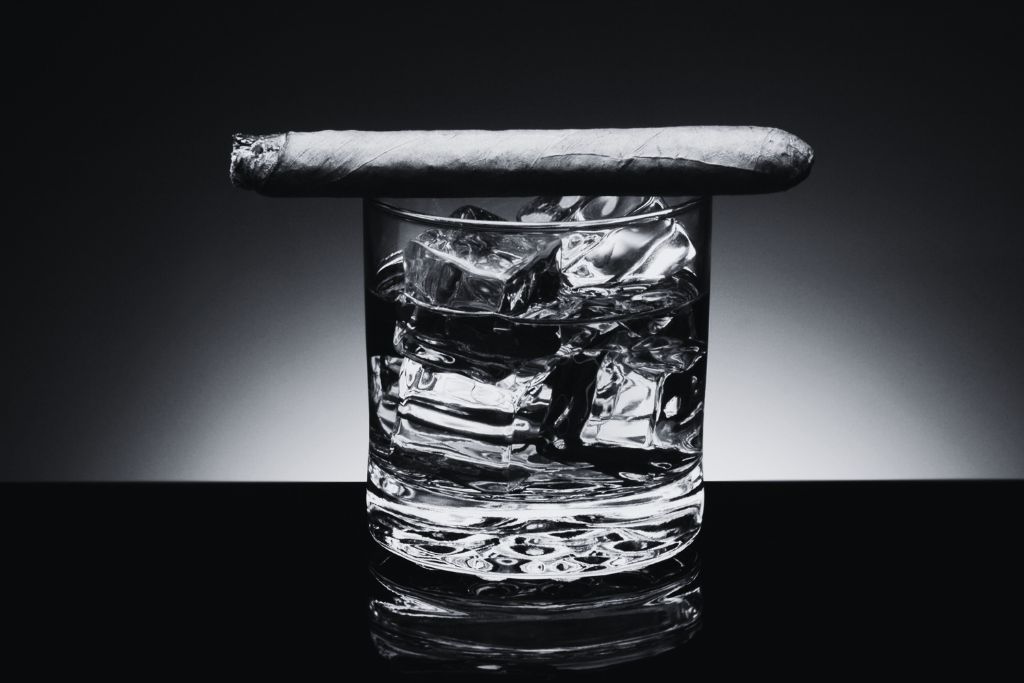
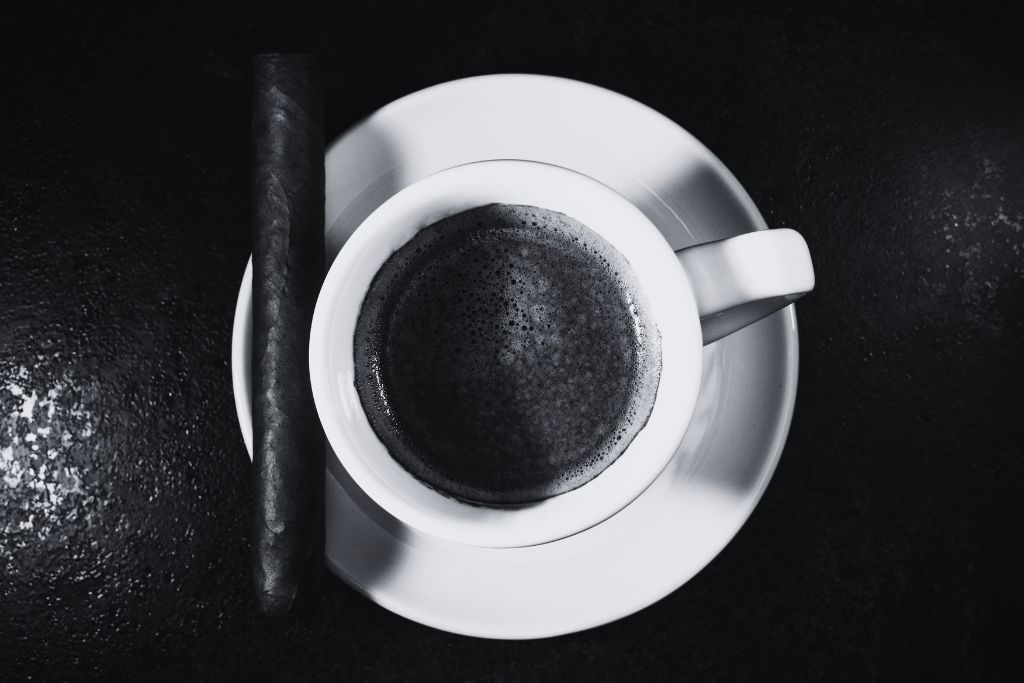
COFFEE FLAVOR:
Some cigars show coffee nuances, which can vary from sublet coffee notes to more intense and pronounced flavors.
SWEET FLAVOR:
Some cigars contain nuances of sweetness, such as caramel, chocolate or honey which balance the more intense flavors and add a pleasant feeling when you smoke.


FRUIT-LIKE FLAVOR:
At times, cigars can have fruit-like nuances, such as cherry, plum, orange or raisin which add a refreshing and juicy note to the profile of the flavor.
The different characteristics and flavors that can be perceived as cigars are smoked. These nuances are influenced by various factors, such as the type of tobacco used, the fermentation process, the aging and the way the cigar is made.
AMICABLE PRODUCTION


The ecological production of tobacco implies the use of sustainable practices to minimize environmental impact. This includes a selection of resistant varieties:
A variety of tobacco which is resistant to plague and sickness is selected, reducing the need of using pesticides.
Crop rotation: To change the place where tobacco is grown every year prevents plagues soil sickness from building up.
The use of organic fertilizer: Instead of using chemical fertilizers, natural fertilizers, such as compost and manure are used. These improve the health of the ground and prevent water from contamination.
Organic plague control: Instead of using synthetic pesticides, natural predators and beneficial organisms are used to reduce the number of plagues.
Integrated control of plagues: Different strategies are combined to control plagues, such as traps and barriers which reduce the need of using pesticides.
Manual harvest: Manual harvest allows for a more careful selection of mature leaves, reducing waste and avoiding plant damage.
Natural drying: Instead of using a gas dryer, tobacco leaves are dried in a natural way, reducing energy consumption and emissions.
Soil protection: Various techniques are implemented to avoid soil erosion, such as planting on level curves and ground cover.
Limited use of water: Efficient watering methods are adopted to minimize the use of water in the crops.
Ensuring organic standards: Producers must follow regulations and organic certifications to ensure respectful practices towards the environment.
The ecological production of tobacco has the objective of reducing environmental impact and promoting sustainability throughout the cultivation and harvest cycles.



